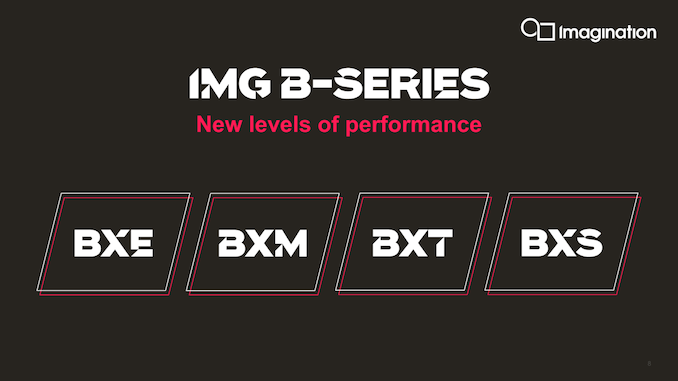Rootax
Veteran
So after the A series, the B series.
A nice presentation by Anantech here :
https://www.anandtech.com/show/16155/imagination-announces-bseries-gpu-ip-scaling-up-with-multigpu

A nice presentation by Anantech here :
https://www.anandtech.com/show/16155/imagination-announces-bseries-gpu-ip-scaling-up-with-multigpu

